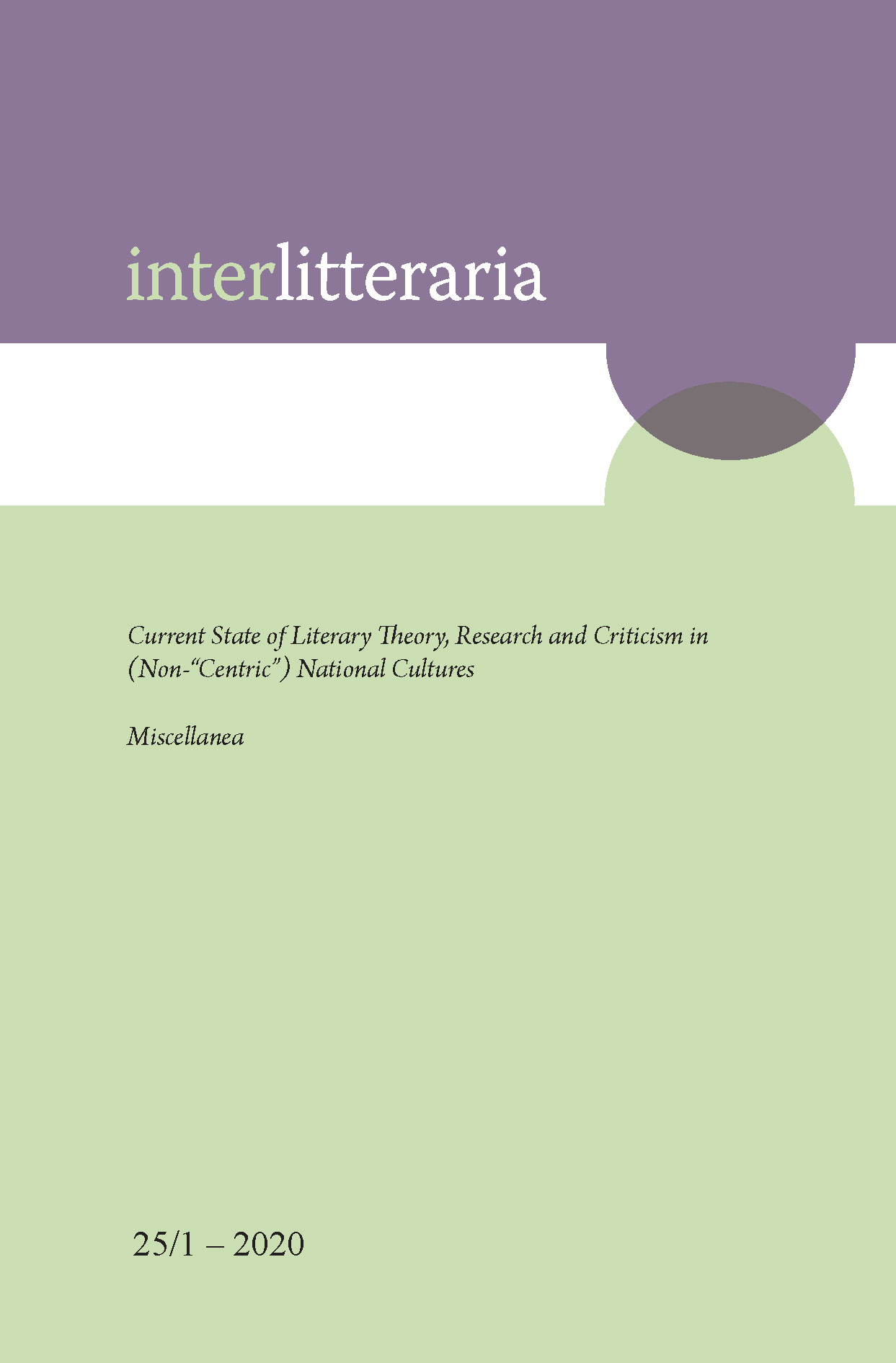Ubi caritas et amor. Une lecture comparée du Baiser au lépreux et de O Veleiro de Cristal
DOI:
https://doi.org/10.12697/IL.2020.25.1.18Keywords:
Le Baiser au lépreux, François Mauriac, O Veleiro de cristal, José Mauro de VasconcelosAbstract
Abstract. Ubi caritas et amor. A Comparatist Reading of Le Baiser au lépreux and O Veleiro de Cristal. Le Baiser au lépreux (The Kiss to the Leper), by François Mauriac, and O Veleiro de Cristal (The Crystal Sailboat), by José Mauro de Vasconcelos, are a priori aimed at two different audiences. Le Baiser au lépreux is indeed generally considered to be Mauriac’s first important book, whereas O Veleiro de Cristal belongs to “children’s literature”, like O Meu Pé de Laranja Lima (in English “My Sweet Orange Tree”), by the same author, which was very successful in Brazil but also in France. However, the two stories share deep similarities, so we can draw parallels between them. As far as the narrative level is concerned, both of the books tell the story of a human being who suffers because of his physical appearance; Jean Péloueyre in Le Baiser au lépreux and Eduardo in O Veleiro de Cristal are rejected by their close relatives and hide from other people. They try to escape from their painful experience, thanks to the religion in the case of Jean Péloueyre, even if the latter gives rise to an existential drama, and thanks to the imagination in the case of Eduardo, who discovers in the house where his aunt Anna has led him animals who are able to talk. In both stories, eventually, the theme of charity is fundamental: in Mauriac’s novel, Noémi marries Jean and ends up loving him with a love based on charity and that can be defined as agapè, while in O Veleiro de Cristal Anna renounces all vanity to devote herself to her nephew, her charity echoing the one of the animals who live in the Crystal Sailboat.
Downloads
Downloads
Published
Issue
Section
License
The contents of Interlitteraria are published under CC BY-NC-ND licence.


